The Guide / Barcelona
Food & Drink
Natural wine trail
From new bar openings to the vineyards of Penedès, the Catalan capital is a wellspring of low-intervention wines.
Recent years have seen an explosion in Catalonia’s natural wine scene. It’s not just producers that are proliferating; Barcelona is brimming with bars and shops that specialise in low-intervention wines. “To understand why natural wine has become huge here, you need to understand the Catalan idiosyncrasies,” says wine-grower and educator David de Yzaguirre. “This is the land of Miró and Gaudí. Barcelona has a long history as a European capital for creativity and innovation. We’re also home to one of the most important wine-growing regions, Penedès. They’ve set an agenda to be 100 per cent organic by 2025 and that has helped generate a mindset and reference for the entire world.”

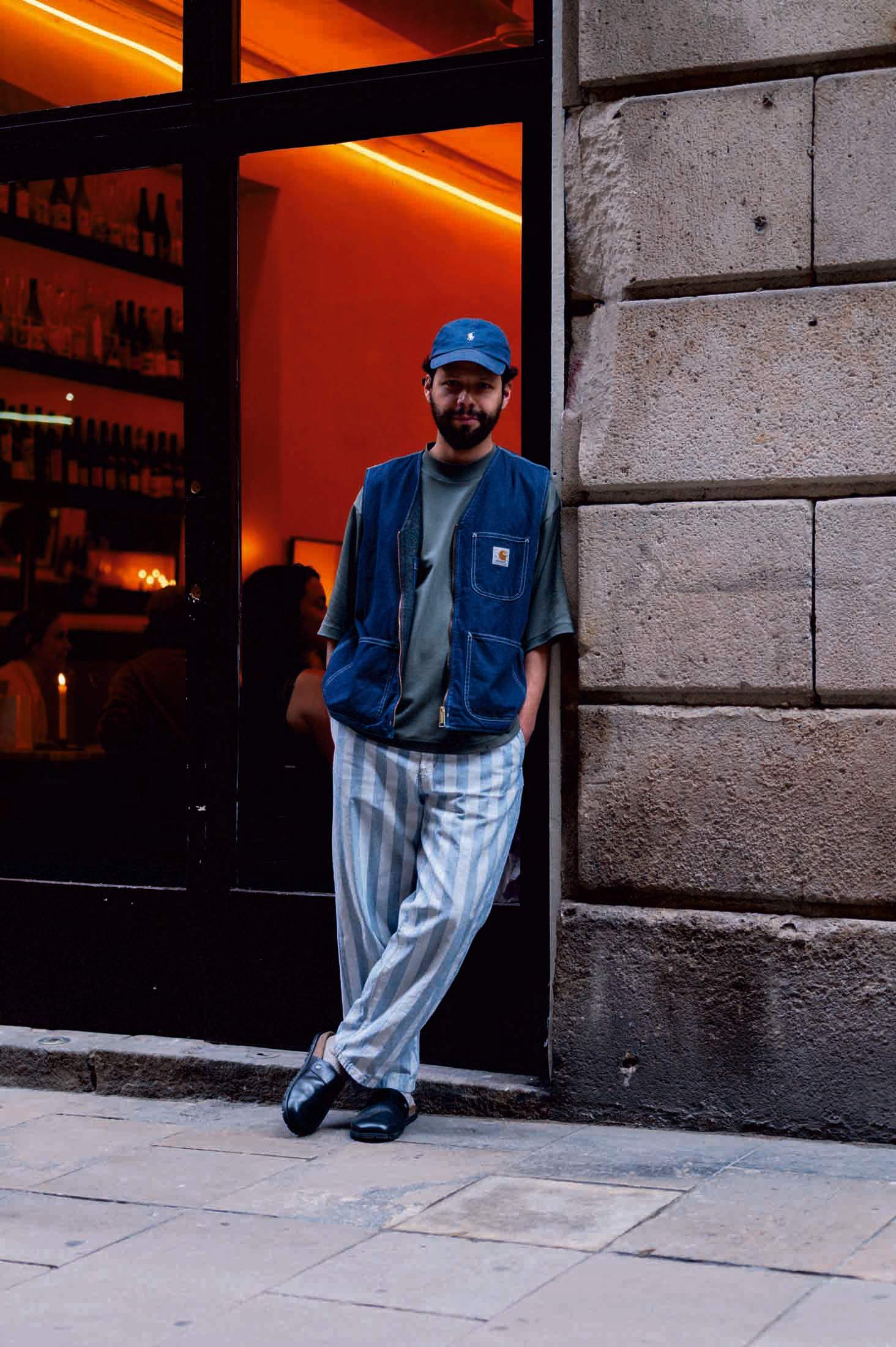
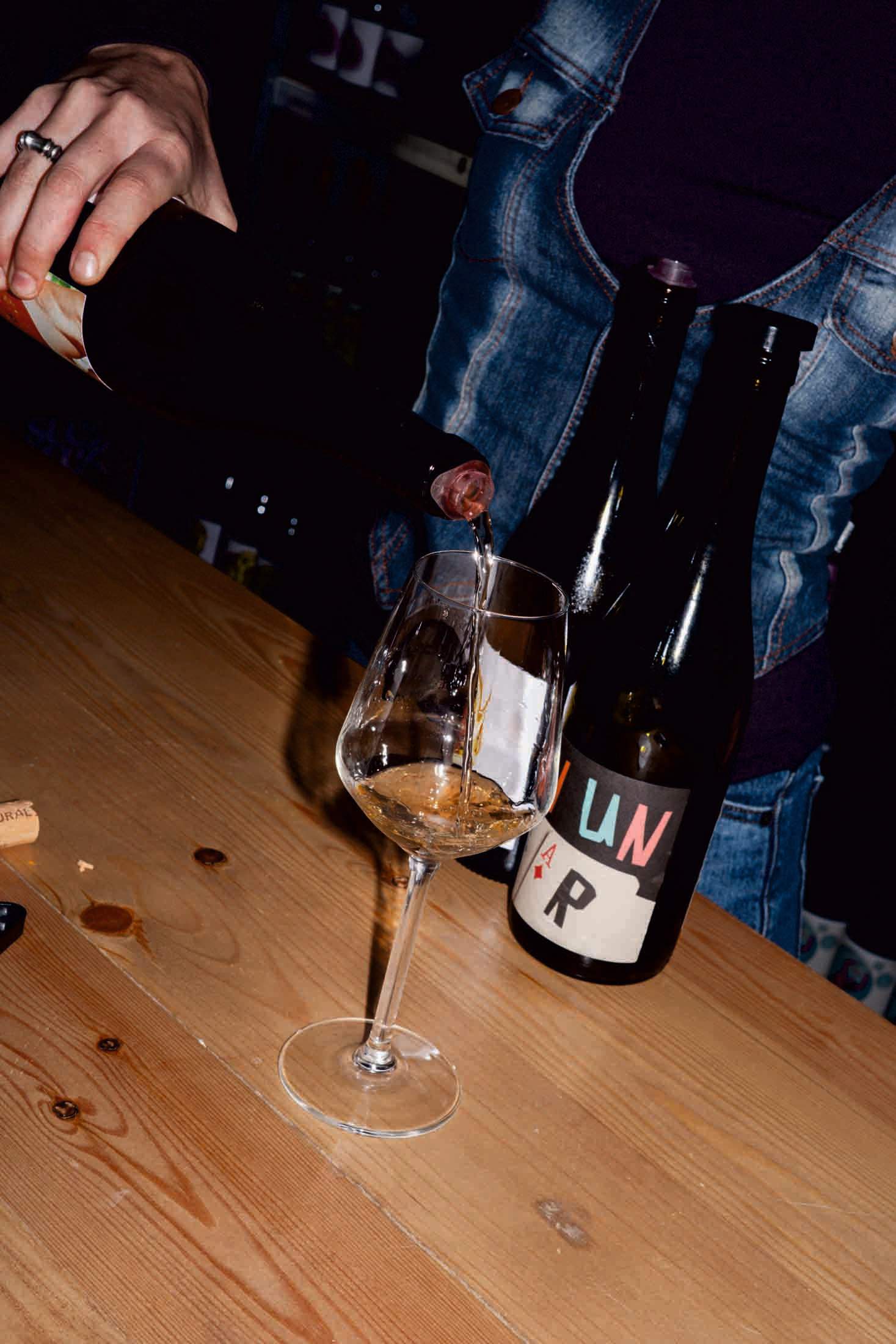
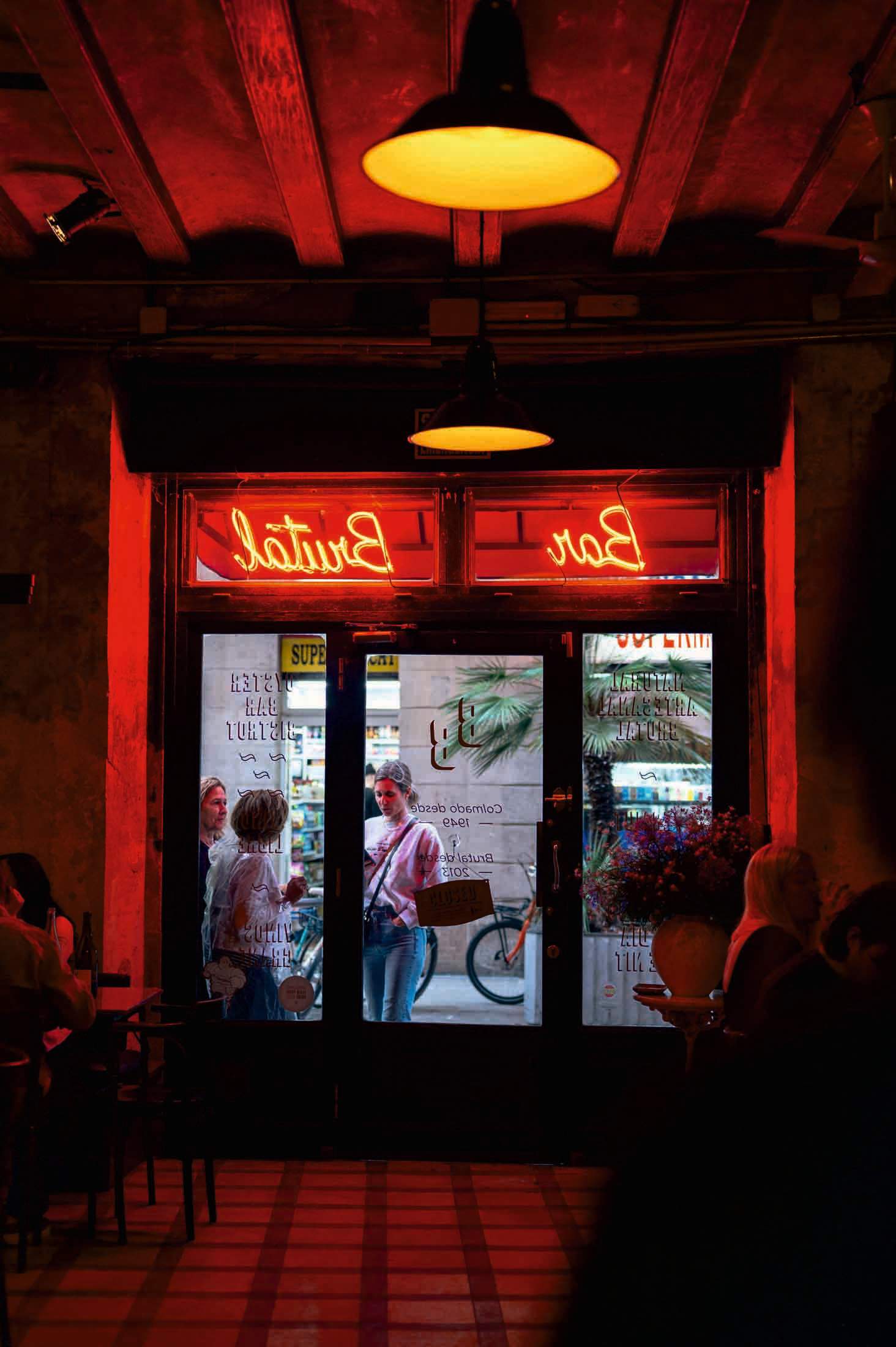
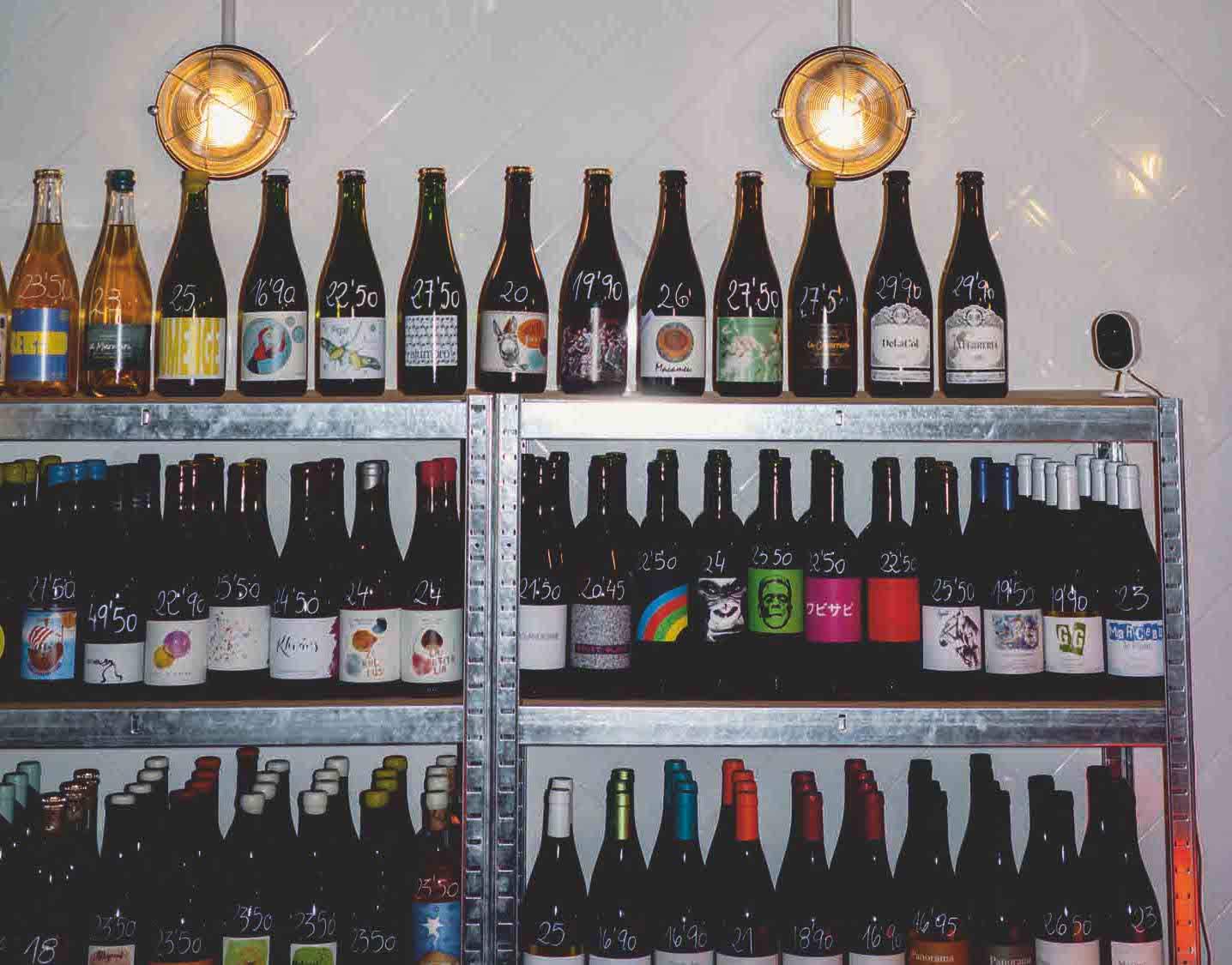

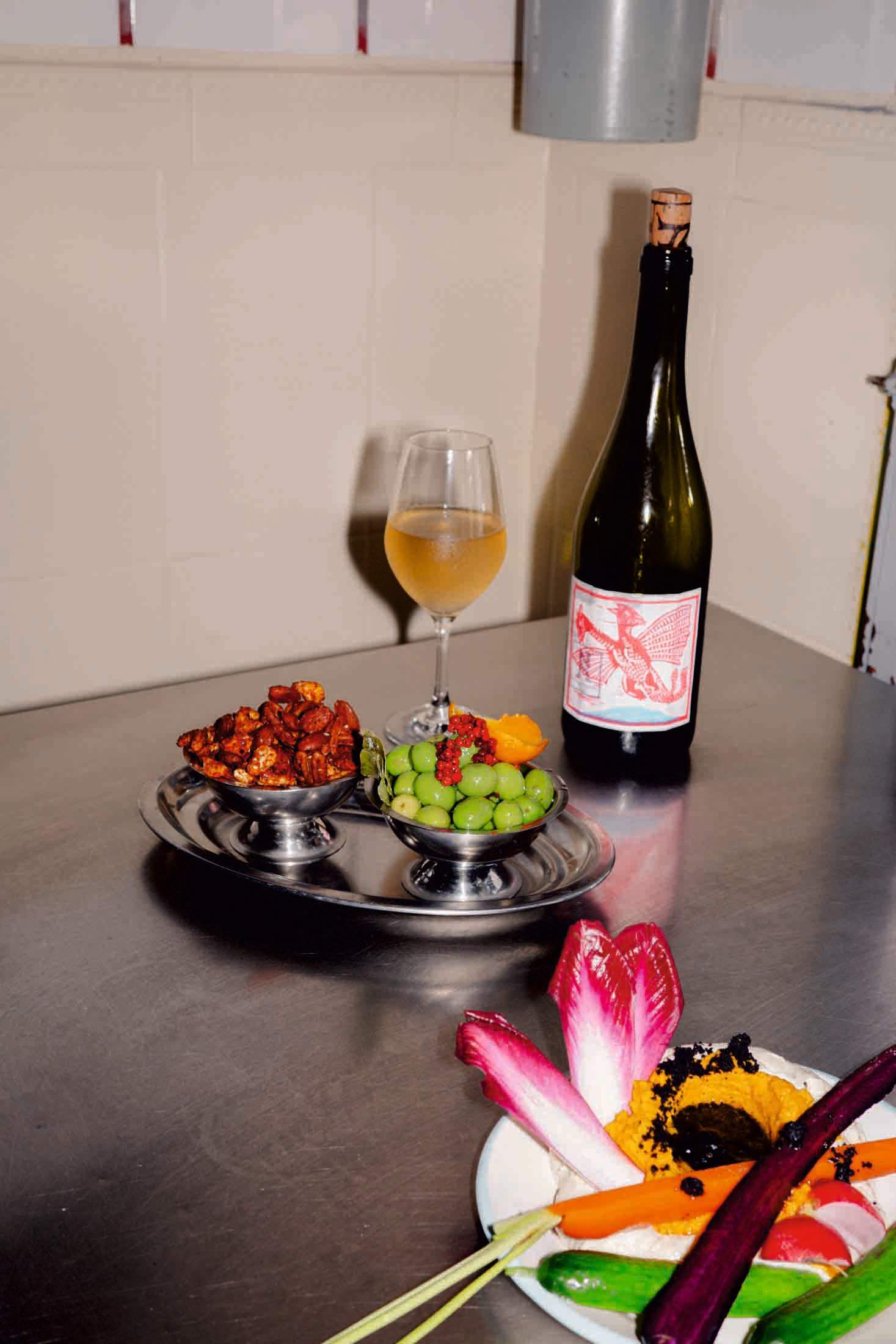
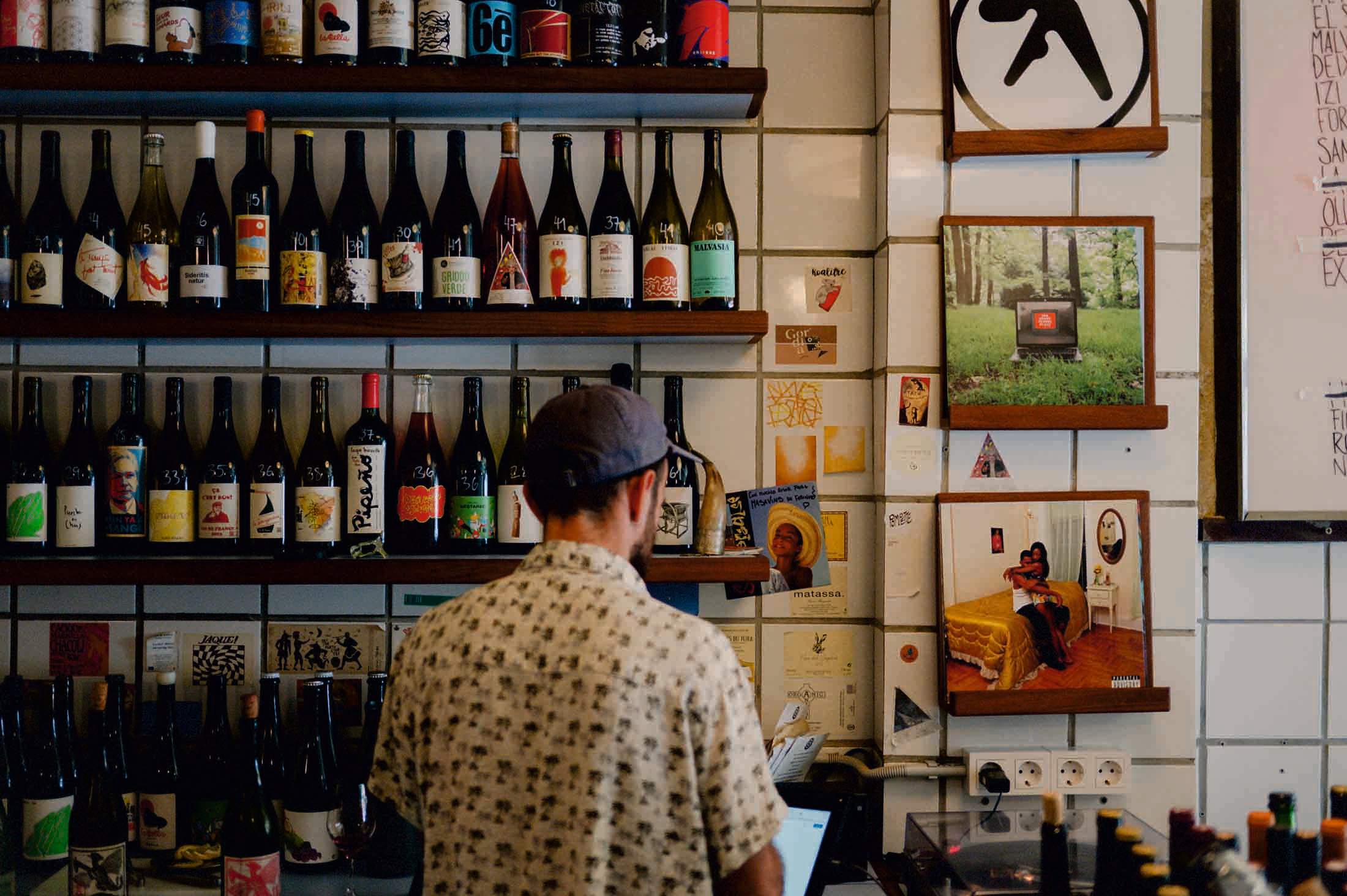
But where to sample the best new varieties? De Yzaguirre’s tips include Monocrom in Sant Gervasi-Galvany and fine-dining restaurant Gresca in Eixample. “Along with Bar Brutal, Gresca was one of the early pioneers of natural wine in the city,” he says. “You’ll find a lot of locals there.”
There has been a spate of exciting openings over the past year, including Poblenou’s Masa Vins and Canvis Nous in El Born. The latter was launched by furniture designer Alfredo Lopez alongside Apartamento magazine’s Nacho Alegre. “Growing up in Winnipeg, the wine was terrible,” says Lopez. “When I moved to Spain I was introduced to all these amazing natural wines and started exporting small amounts to Canada as a hobby.” When the pandemic struck in 2020, Lopez launched the Natural Wine Company, a club shipping bottles around Europe. At Canvis Nous, Lopez and co pair glasses with a small but perfectly formed food menu put together by British restaurateur Frank Boxer. “We wanted to create a physical space where we could bring together the community that we made through the Natural Wine Company,” says Lopez. “And we are currently redeveloping the basement so that we can host all kinds of private dinners and events.”
For those keen to keep up to date with what’s new on the scene, La Natural shop in Gracia has become something of a go-to. Aside from selling sulphite and chemical-free bottles from across Catalonia (and beyond), the shop runs tastings and talks from small producers looking to foster a deeper understanding of low-intervention wines. “Natural wine is still something unknown for a lot of people and the best way to understand it is to try it,” says La Natural sales assistant and communications manager Sol Ponteville. “That’s why we organise talks and tastings with small producers.”
Jordi Vilà
You can taste this chef’s love for Barcelona in every dish. He tells us about the state of the city’s cuisine.
Catalan chef Jordi Vilà has devoted his culinary career to the city of Barcelona. He began his journey with celebrated restaurant L’Abrevadero and today delves into the past and future of Catalan food at Alkímia. A more laid-back version of his cuisine can be savoured at Al Kostat, while he also oversees Vivanda and manages the restaurants at the Moritz Brewery and Velódromo bar.
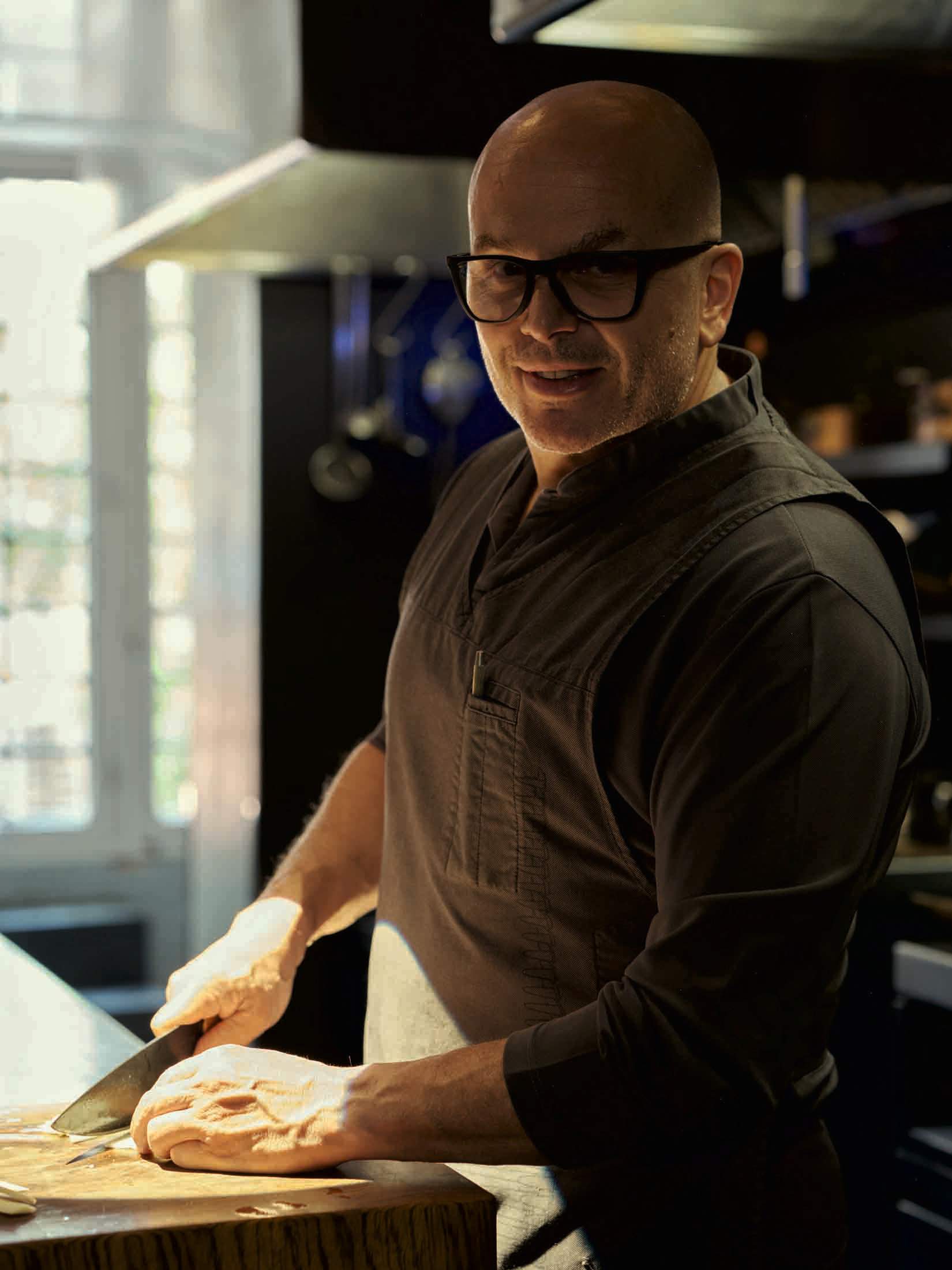
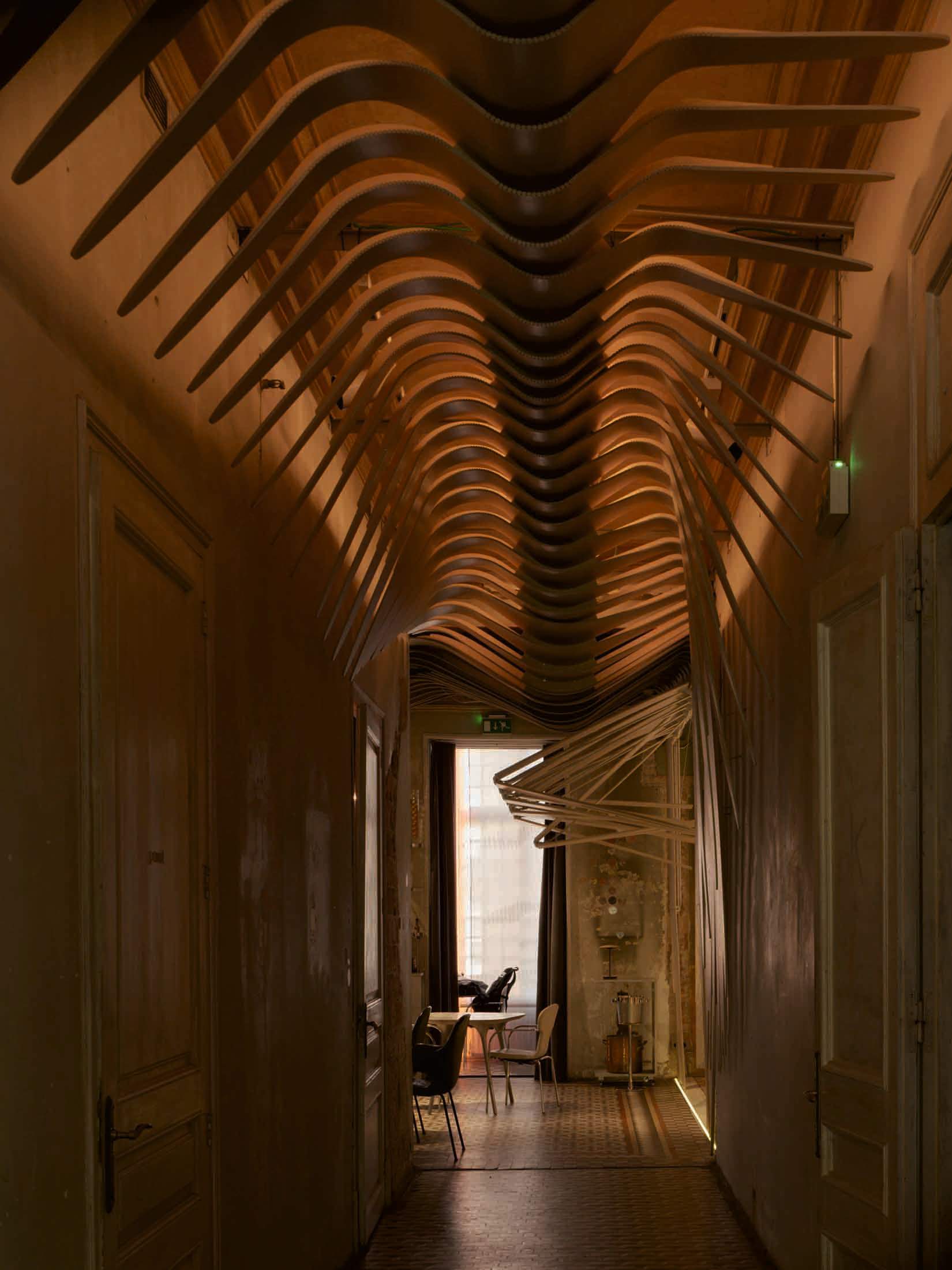

What is the state of Catalan cuisine today?
The world has become smaller, people have travelled and grown up with different cooking traditions. There’s one part of Catalan cooking that has stayed in the past: there’s a need to invigorate rustic traditions to resonate with younger audiences. That’s important. But things are beginning to change, so it could be the start of something.
How does the city inspire you?
I’m in love with Barcelona. It’s one of the best cities in the world to own a restaurant. It has an indestructible tourism industry, which we might or might not like, and as a Mediterranean hub, a rich mixture of cultures and diversity.
Your latest venture is Vraba, a restaurant on the roof of the America’s Cup Experience building. What can we expect from the menu there?
The project is led by my friend Albert Ventura and I’m helping with the menu. It’s inspired by the Mediterranean. It has a strong emphasis on Catalan food, with an additional section dedicated to Japanese cooking. But in the end the only thing separating us from Japan is water, so our approach is very similar.
alkimia.cat
Sips
Mixology techniques are shaken and stirred at Sips. Expect cutting-edge concoctions and enhanced customer interaction.
The world’s finest cocktails are no longer found in New York or London. They are being crafted in Barcelona, where Sips is solidifying the city’s reputation as a hub for cutting-edge gastronomy and nightlife.

Located in vibrant Eixample, the bar is the brainchild of Simone Caporale (formerly of the Artesian bar at the Langham hotel in London) and Marc Álvarez (from Albert Adrià’s 41º), whose innovative space transcends the traditional bar experience. Here, guests don’t just sip drinks but are invited to engage in the art of cocktail making: from the open layout allowing patrons to watch the bartenders in action to the innovative glassware and tableware designed to elevate the taste of every concoction.
The menu reflects the founders’ fresh take on mixology. Signature cocktails such as the Blanc (brandy, nuts, raisins and spinach) and the Compressed (Macallan 12, sherry and peach) exemplify the “liquid cuisine” philosophy of blending culinary techniques with mixology. Esencia, a new speakeasy at the back of the premises, goes further by offering a tasting menu composed of mini-drinks distributed in sequences to just 14 diners. “We wanted to explain that another way of drinking was possible,” says Álvarez. “So we took a concept from chefs – the tasting menu – to increase the interaction between the customer and our creativity.”
sips.barcelona
Lot Roasters
This chocolate lab and roastery turns the finest beans into thrilling new coffees and confections with unusual ingredients.
Lot Roasters founders Úrsula Pérez Pomar and Cristian Larrosa travel to Peru twice a year in search of the best cacao beans on the market. “We want to get to know the farmers,” says Lima-born Pérez Pomar. “So we travel across the country, from the coast to the Andes, to find beans to bring back to Barcelona.”
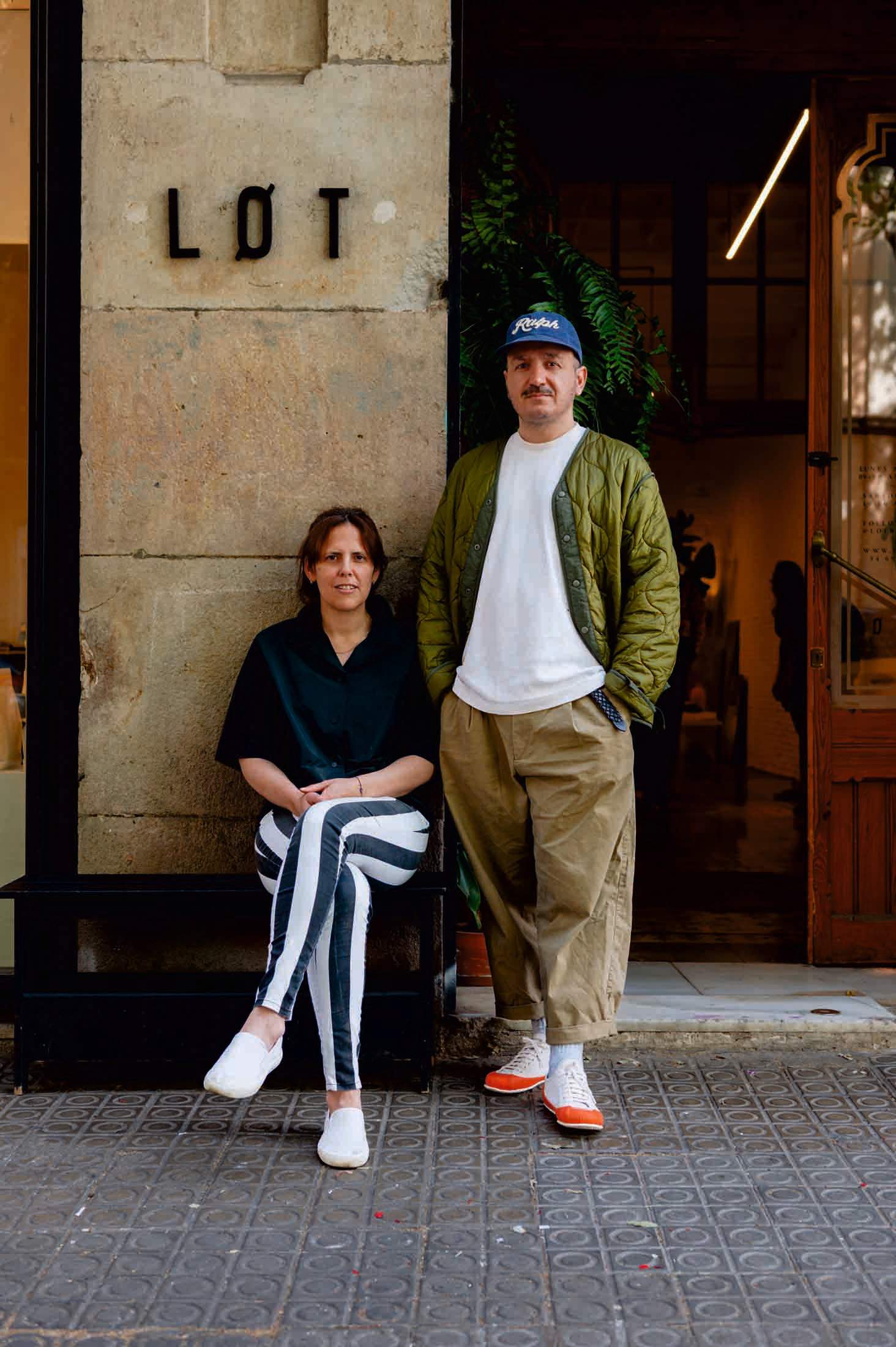
The duo’s roastery-cum-coffee shop is housed in a 19th-century former haberdashery in Eixample, with traditional tiled floors and carved wooden panels on the walls. They have given the space a contemporary update by adding a stainless-steel counter serving house-roasted coffee and experimental concoctions such as cacao leaf infusions and cherry coffee tonic. There are homemade confections too, such as miso-and-sesame cookies and profiteroles made with hazelnut praline.
At the back of the space is a lab, where you will find a wall lined with thick slabs of chocolate labelled according to their percentage of cocoa solids. As well as being sold by the bar, Lot’s chocolate is bought by some of Barcelona’s leading restaurants to make desserts.
“We treat the chocolate like fine wine,” says Pérez Pomar, a former photographer. “We take it very seriously but we also like to experiment by adding new ingredients to it, such as Japanese pepper, tonka beans and wild Peruvian vanilla.”
lotroasters.com
Estimar
Another El Bulli alumnus elevates the city’s culinary scene with seafood served up to be savoured.
The labyrinthine streets of the El Born district can be disorienting but once you have made your way to seafood restaurant Estimar, you’ll feel right at home. Guests are seated in the heart of the dining room, with an open kitchen and food-prep tables providing colour and spectacle at the edges. Chef Rafa Zafra honed his skills at El Bulli, which closed in 2011 but continues to influence Catalan food through its talented disciples. That much-missed restaurant’s founder, Ferran Adrià, has given Estimar his blessing, calling it “the marisquería [seafood restaurant] of the 21st century”.
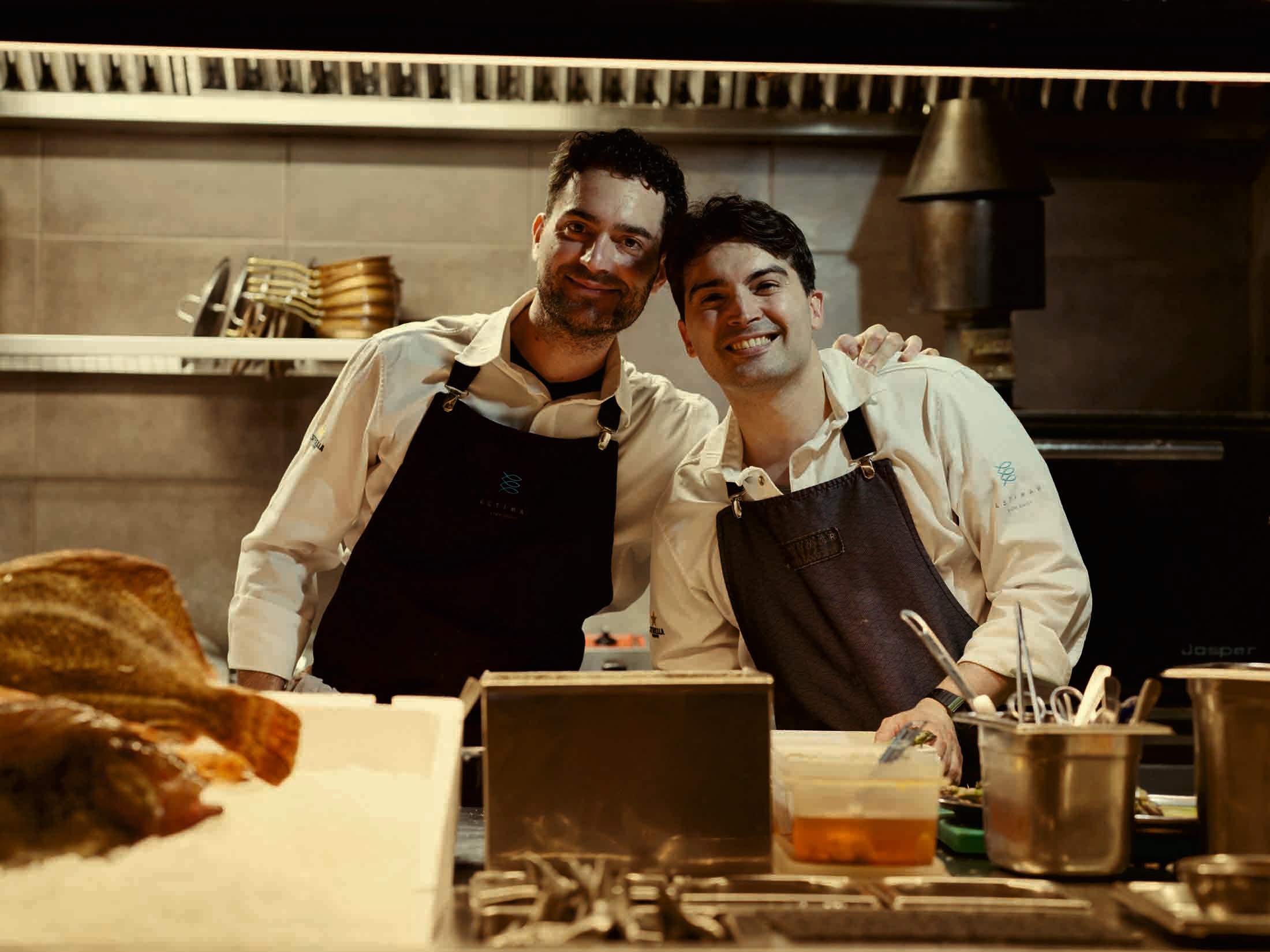
Estimar puts freshly caught fish on a glistening iced display every day, then expertly serves it up in a variety of ways. Zafra makes a point of sourcing the highest-quality regional specialities, from razor clams from Galicia and anchovies from Cantabria to escórpora (red scorpionfish) plucked from the Med. The onion and crayfish carpaccio is popular but if choosing the right fish from the bounty on offer is a challenge, staff members are on hand to explain the texture, taste and provenance of every kind.
For those who want to satisfy their palate with more earthly delights, a jamón-styled plate of cured rubia gallega beef provides a succulent alternative. Playful wine pairings often see meals continue beyond closing time but Zafra’s philosophy of eating means that guests are encouraged to savour every bite.
restaurante-estimar.com
Paral-lelo
In the hotter months, few things refresh like a gelato. Here, three Italians have made an art out of the ice-cream flavour.
When Italian school friends Matteo, Francesco and Marco decided to open an ice creamery in Barcelona, the trio chose a quiet spot in the elegant Gràcia district for their first venture and set up their artisanal production laboratory. Their experimental approach, which involves combining bold yet surprisingly complementary flavours, quickly paid off. Soon they were attracting customers from across the city – some of them curious about the buzz around its banana with peanut-butter ice cream, while others simply hankered after a lick of the liquorice with mint. “We’re slightly out of the way but have a loyal following,” says Marco, gesturing towards the queue snaking out onto the street. “Bringing different elements together is part of our nature and this extends to people. Most importantly, ice cream makes you happy.”
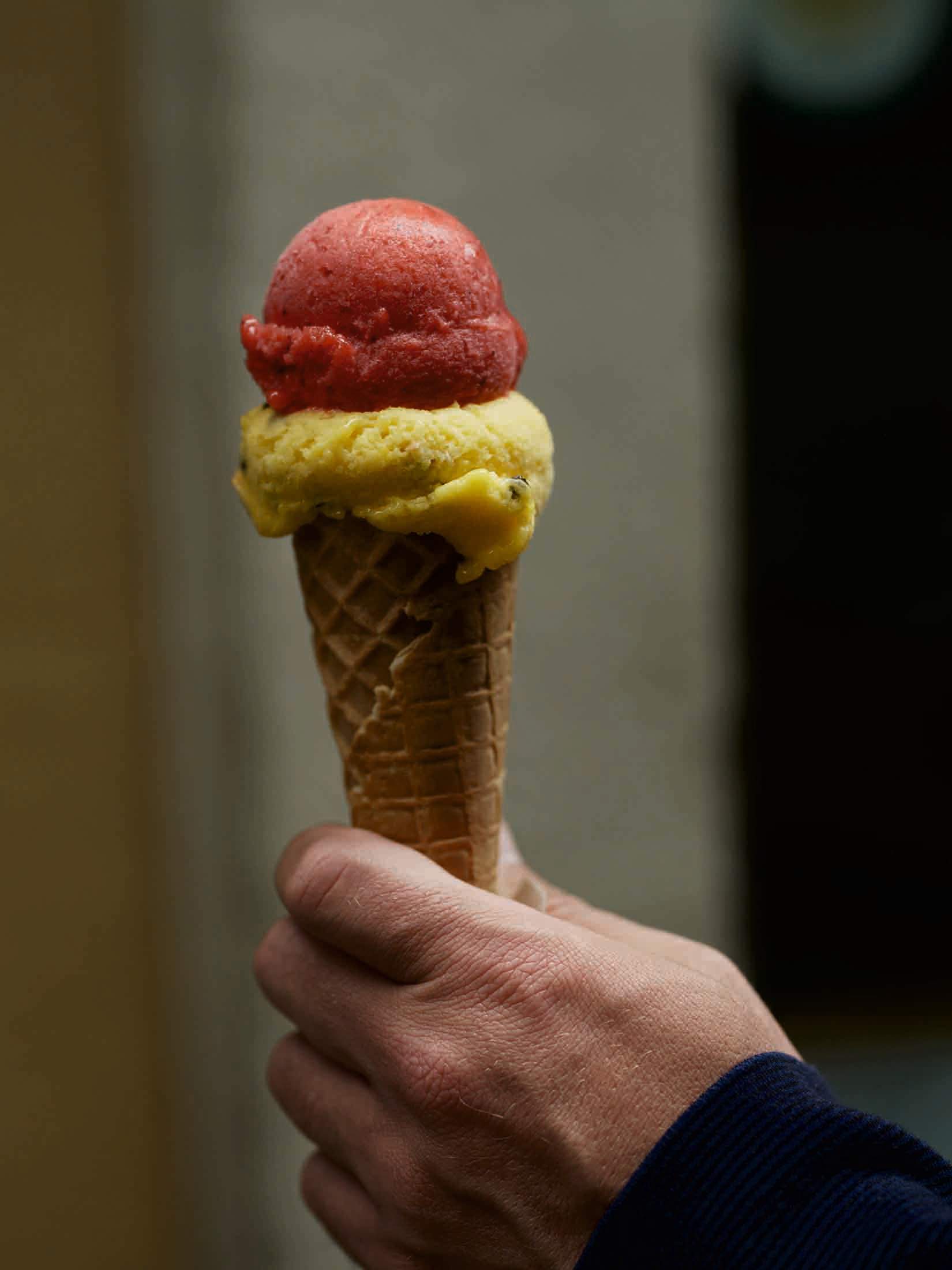
The coffee flavour came out of a collaboration with speciality café Slowmov, which is just around the corner. Fresh milk, fruit and nuts are sourced from farms that give preference to natural processes. Paral-lelo’s most infamous ice creams have incorporated ingredients such as sardines; a recent hit pairs gorgonzola with habanero chillies. When it comes to flavours, the chief visionary is Matteo, who studied at Perugia’s esteemed ice-cream school. Paral-lelo recently opened a second location near the city’s Arc de Triomf. Key to its success is the way that it invites all-comers to have fun and embrace unexpected delights.
parallelogelato.com
L’Olivera
It doesn’t get more local than L’Olivera. Visit its 16th-century farmhouse for outstanding views and even better drops.
The urban sprawl of Barcelona is hemmed in by the rolling hills of Collserola, the city’s green lung, made up of 8,000 hectares of protected parkland. The area used to be heavily farmed but today only a handful of small agricultural businesses remain. L’Olivera is one of them, a winery run from an ancient farmhouse called Can Calopa. It’s a social enterprise that provides work for people from marginalised communities, such as refugees and those with learning disabilities.




The vineyards have been owned by the city’s council since the 1960s, when the municipality purchased the 16th-century farmhouse and surrounding land. L’Olivera has been managing the site since 2010 and is today the only winemaker operating within the city limits. Its wines can be tasted at Vinoteca, the on-site bar whose hillside terrace sports views across the forest-carpeted mountains all the way to the gothic revival spires of the Basílica del Sagrat Cor de Jesús atop Mount Tibidabo. Here, L’Olivera’s wines are paired with tapas dishes made using vegetables from its kitchen garden. Alongside refined versions of classics such as patatas bravas and mushroom croquettes, there are more experimental versions of international dishes, like bresaola and ricotta-filled ravioli and sea bass carpaccio with mint and chia seeds.
olivera.org


